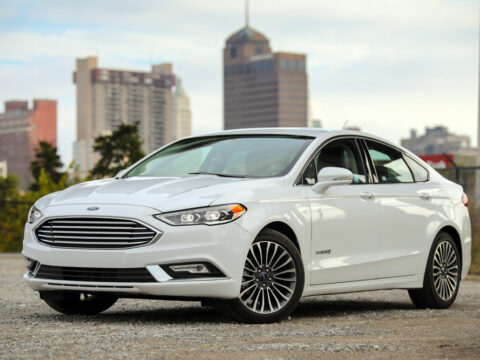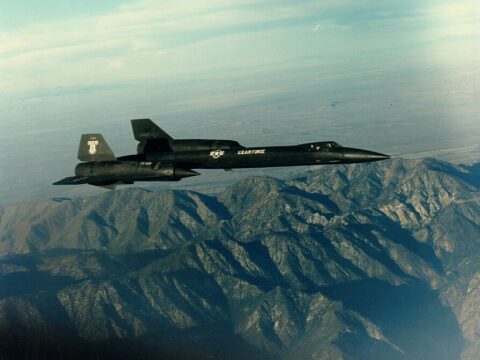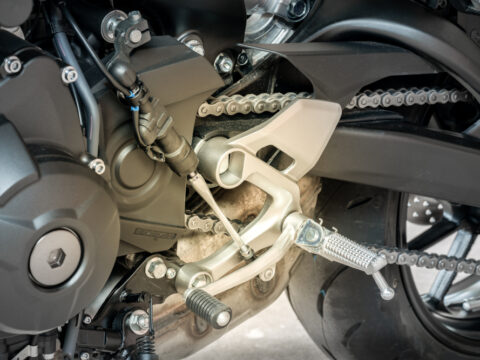General Motors has a storied history of producing some of the most powerful and revered V8 engines in the automotive world. From muscle cars to luxury vehicles, these engines have delivered exceptional performance and power. This article ranks the biggest V8 engines ever built by GM, showcasing their impressive displacement sizes and the iconic models they powered. Let’s take a look at these engineering marvels that have made a significant impact on the automotive industry.
Contents
Chevrolet ZZ632 V8 (10.4L)

The Chevrolet ZZ632 V8, with its immense 10.4-liter capacity, is the pinnacle of General Motors’ engineering prowess in naturally aspirated engines. Designed for maximum performance, it is used in high-performance and drag racing applications, delivering extraordinary power outputs that make it a favorite in the racing community. This engine showcases GM’s commitment to pushing the boundaries of what is possible in engine design, combining advanced technologies with robust power.
Cadillac 500 (8.2L)
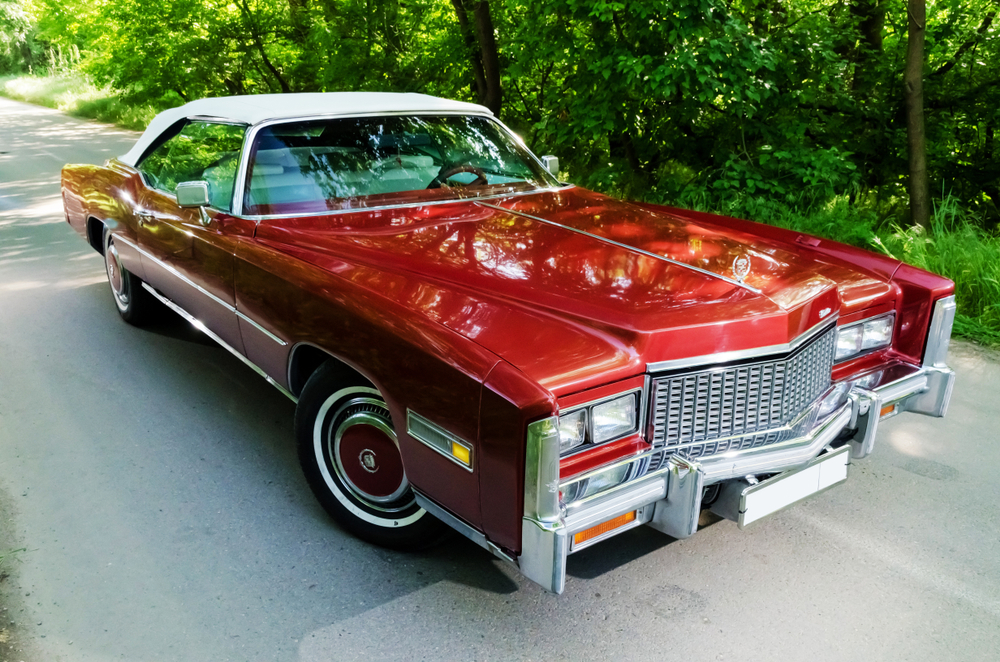
The Cadillac 500 engine, a monumental 8.2-liter V8, redefined luxury car performance in the 1970s. It was primarily installed in Cadillac’s prestigious models like the Eldorado and DeVille, providing unmatched smoothness and power that were synonymous with American luxury. The engine’s sheer size allowed it to deliver torque and power effortlessly, making it one of the most revered engines in Cadillac’s history for its contribution to luxury and performance.
Chevrolet 502 (8.2L)
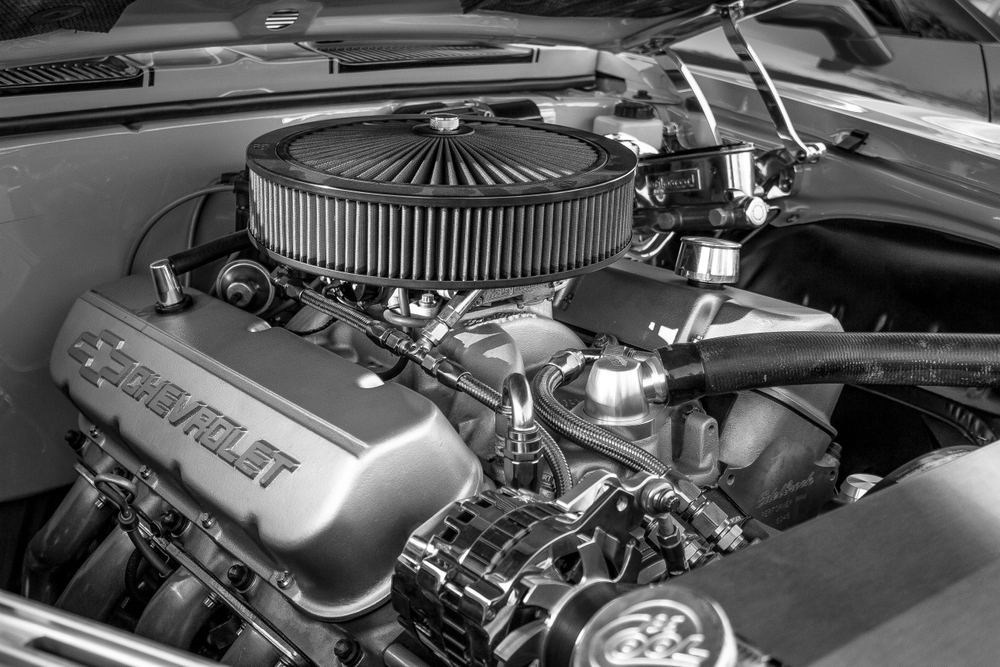
The Chevrolet 502 V8 engine matches the Cadillac 500 in displacement but stands out for its application in performance-oriented vehicles and marine engines. Renowned for its robust construction and high power output, the 502 has been a popular choice for those looking to extract maximum performance from their vehicles. Its ability to be tuned for higher performance makes it a staple in the aftermarket and hot-rodding communities.
Oldsmobile 455 (7.5L)
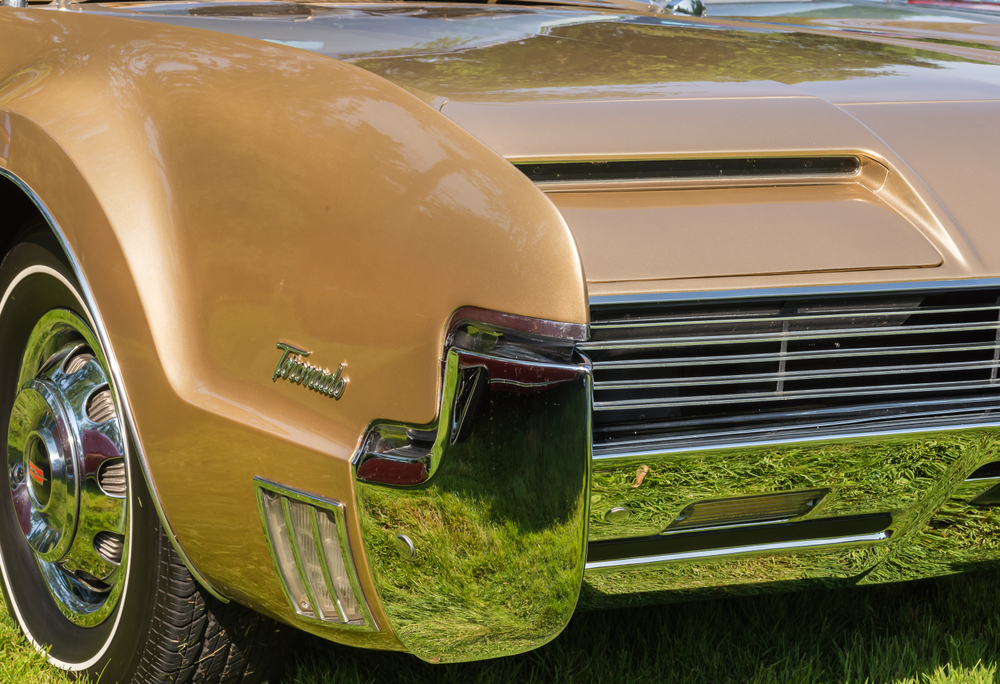
Used in high-performance Oldsmobiles such as the 442 and Toronado, the Oldsmobile 455 engine is famous for its strength and heavy torque output. This engine is celebrated for its robustness and reliability, making it a favored choice for muscle car enthusiasts looking for a blend of performance and durability in classic Oldsmobile models.
Pontiac 455 (7.5L)
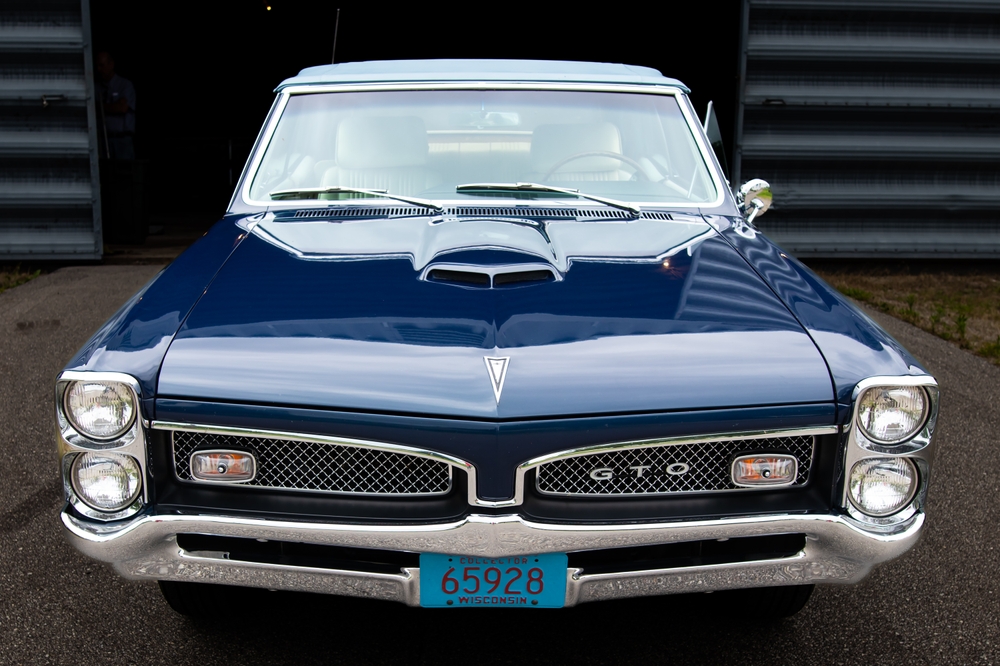
The Pontiac 455 engine, with its 7.5-liter displacement, powered some of the most formidable muscle cars of the 1970s, including the Pontiac Trans Am and GTO. It was highly regarded for its massive torque production, which provided explosive acceleration and a thrilling driving experience, cementing its legacy as one of the most powerful engines Pontiac ever produced.
Buick 455 (7.5L)
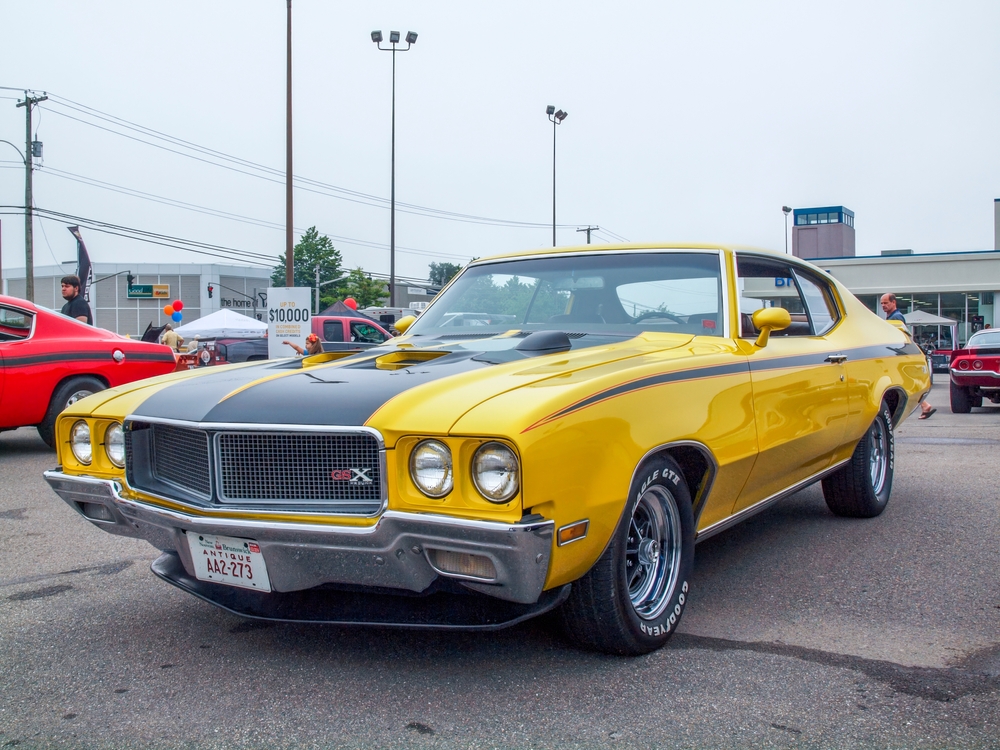
The Buick 455 engine delivered exceptional performance in Buick’s GSX and Riviera, combining luxury with muscle power. Known for its smooth operation and torque-rich output, the 455 provided a refined driving experience, characteristic of Buick’s brand identity, which emphasized a combination of luxury and power.
Chevrolet 454 (7.4L)
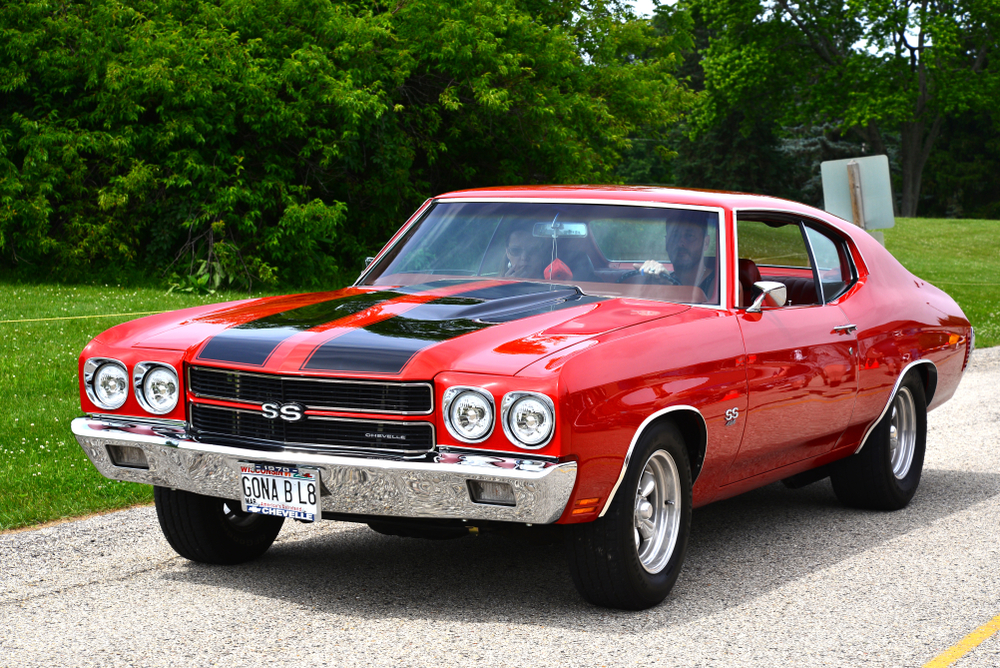
The iconic Chevrolet 454 engine debuted in the late 1960s, featuring a 7.4-liter displacement that powered high-performance Chevrolet and GMC vehicles, including the Corvette and Chevelle SS. Its design focused on delivering high torque and horsepower, making it ideal for high-speed driving and heavy-duty applications. The 454 is celebrated for its durability and ease of modification, which has kept it popular in the classic and muscle car markets.
Chevrolet 427 (7.0L)
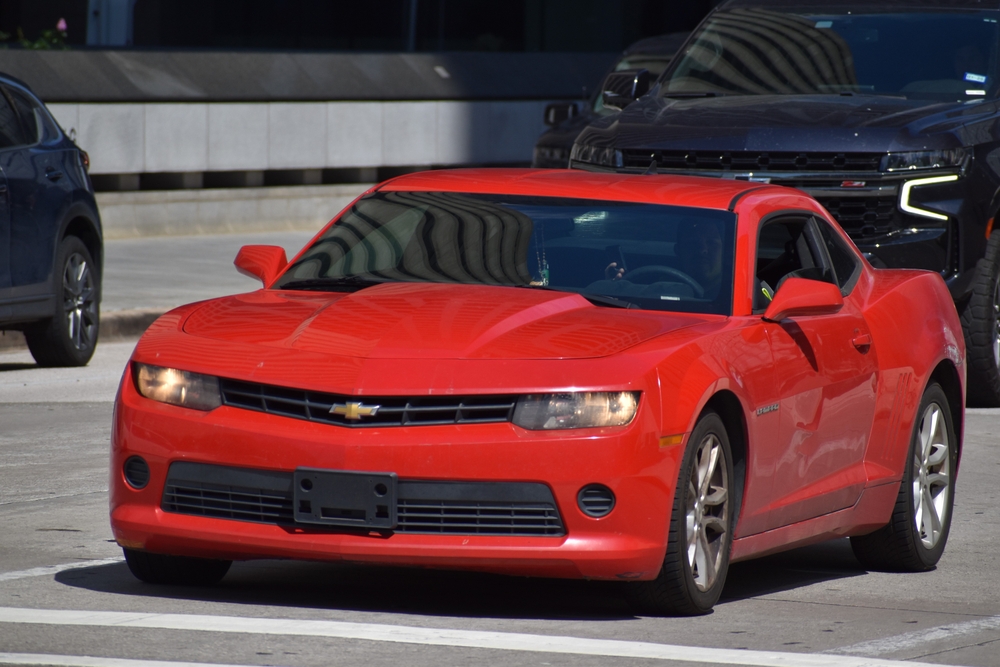
The Chevrolet 427 V8 engine, known for its 7.0-liter displacement, powered legendary cars like the Corvette and Camaro, and was a staple in Chevrolet’s performance lineup. This engine was especially popular among racers and performance enthusiasts for its high-revving capabilities and substantial power output, often modified further to achieve even greater performance in both street and racing contexts.
Chevrolet 427 Tall Deck (7.0L)
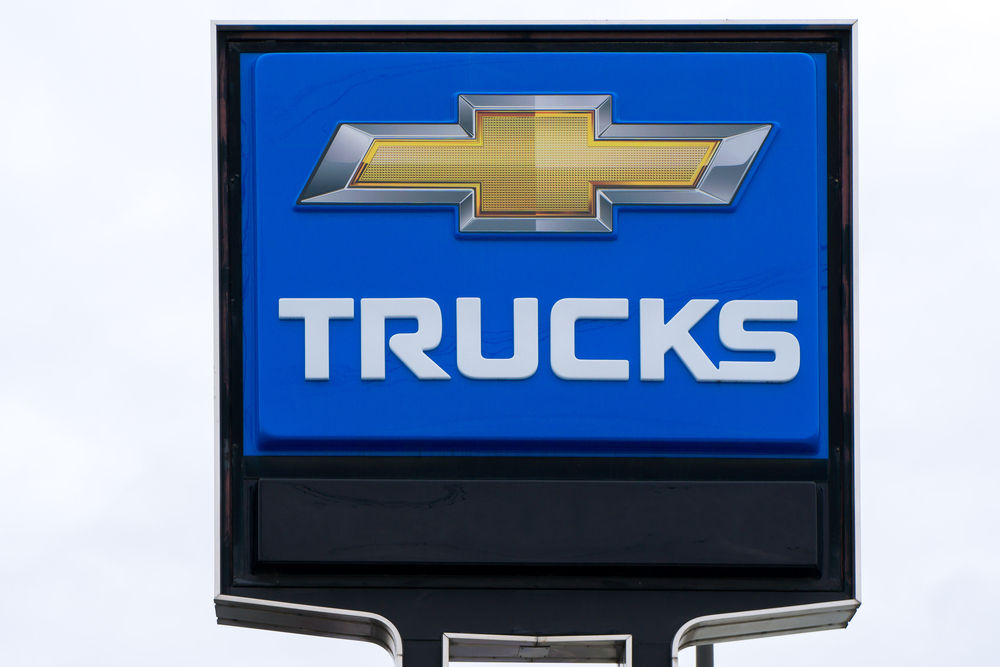
Initially designed for industrial and truck applications, the Chevrolet 427 Tall Deck engine provided high torque at lower RPMs, making it ideal for demanding tasks and heavy-duty use. Its construction emphasized durability and long-term performance, making it a reliable choice for those needing a powerful engine capable of handling significant loads and stresses.
Chevrolet 409 (6.7L)
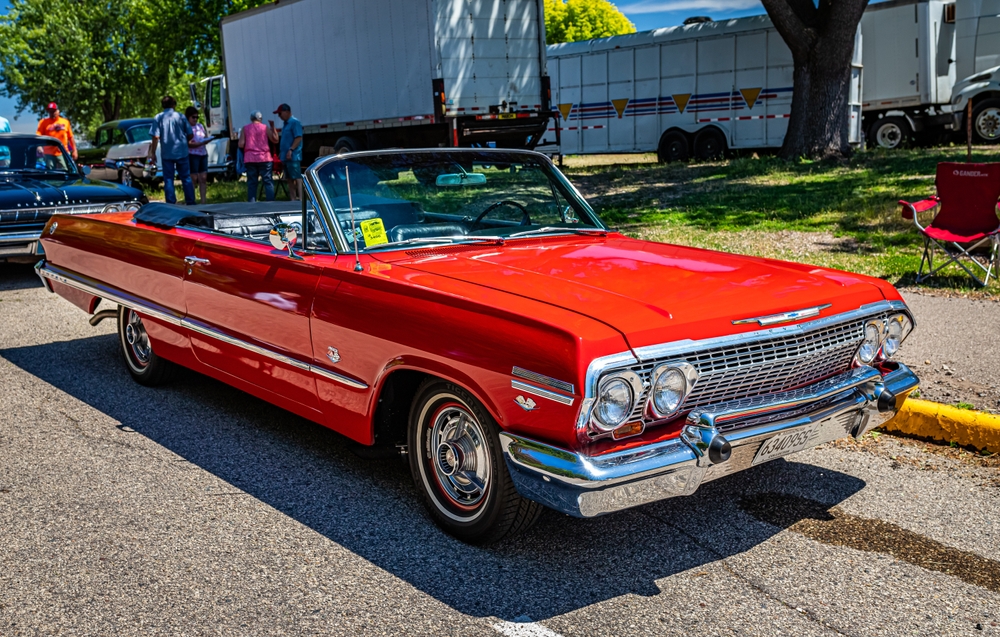
Immortalized by the Beach Boys in their hit “409,” this 6.7-liter V8 engine became a symbol of Chevrolet’s performance heritage in the early 1960s. It powered models like the Impala SS, which was revered for its high horsepower and competitive edge in drag racing, making it a favorite among performance enthusiasts during that era.
Chevrolet 402 (6.6L)
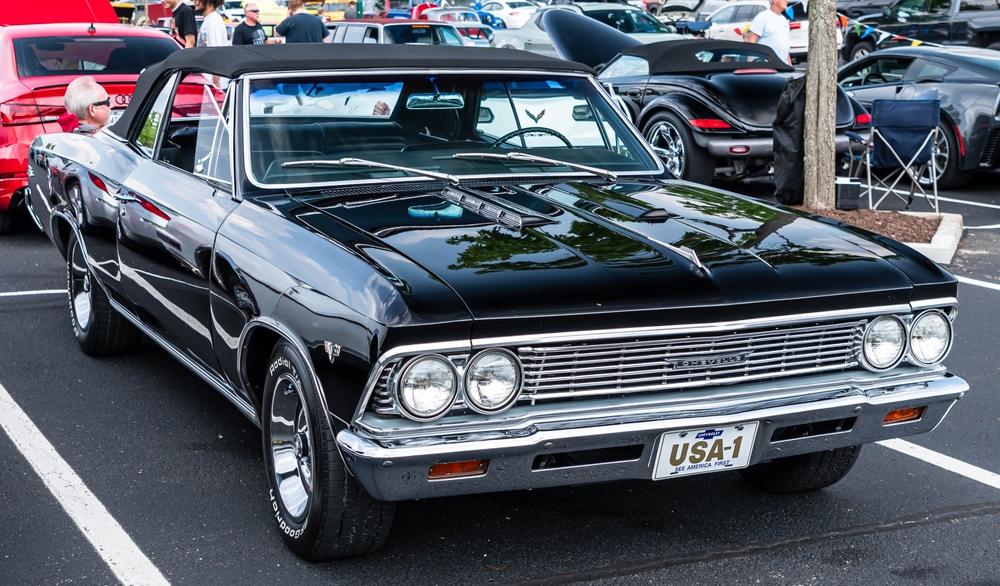
Although it was often marketed under the 396 moniker for continuity, the Chevrolet 402 offered a slight increase in displacement to 6.6 liters, enhancing its power and torque. It was featured in vehicles such as the Chevelle, providing a subtle but appreciated boost in performance over its predecessor, and maintaining its status as a powerful and reliable engine.
Oldsmobile 403 (6.6L)
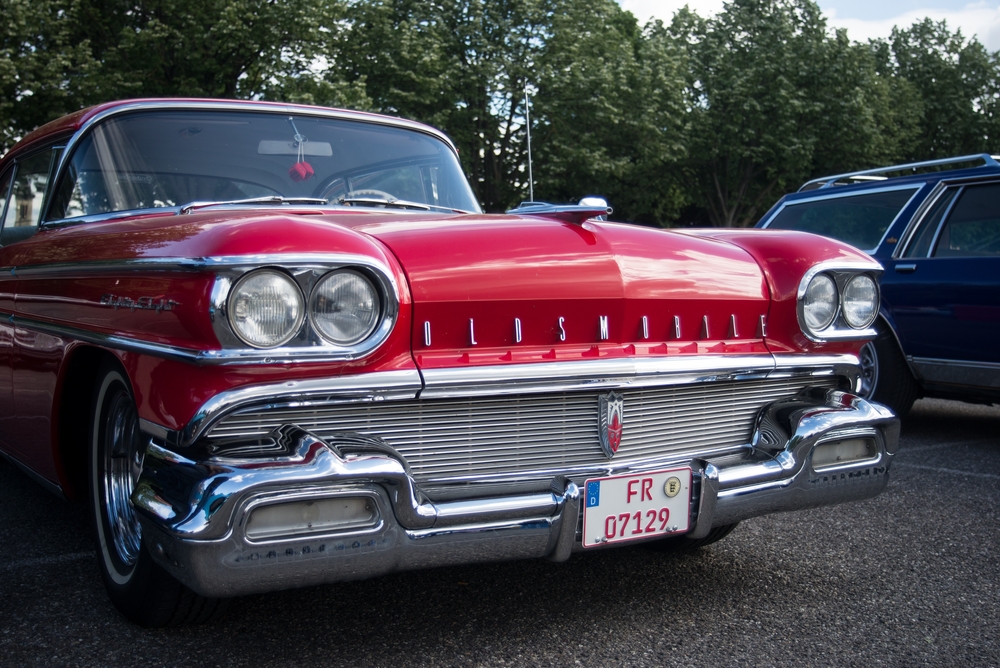
The Oldsmobile 403 engine, utilized across various GM models including the Trans Am and other Oldsmobile cars, offered consistent performance and durability. Its 6.6-liter displacement was well-suited for a variety of applications, from performance cars to more subdued family vehicles, illustrating its versatility within the GM engine lineup.
Chevrolet Duramax 6.6L Turbo-Diesel V8
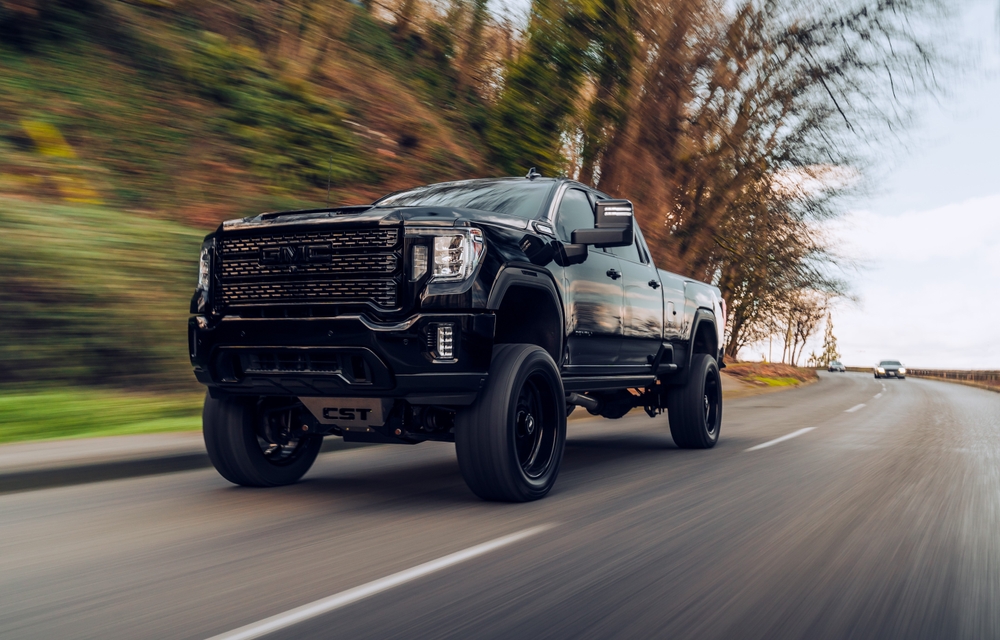
The Duramax 6.6L turbo-diesel V8, while distinct from GM’s traditional gasoline engines, has made a significant impact with its exceptional torque and efficiency. Used primarily in GM’s lineup of heavy-duty trucks like the Chevrolet Silverado and GMC Sierra, it provides massive towing capabilities and is highly valued for its durability and power in demanding situations.
This article originally appeared on MyCarMakesNoise.
More from MyCarMakesNoise
10 Amazing Details About the Chevrolet Corvette
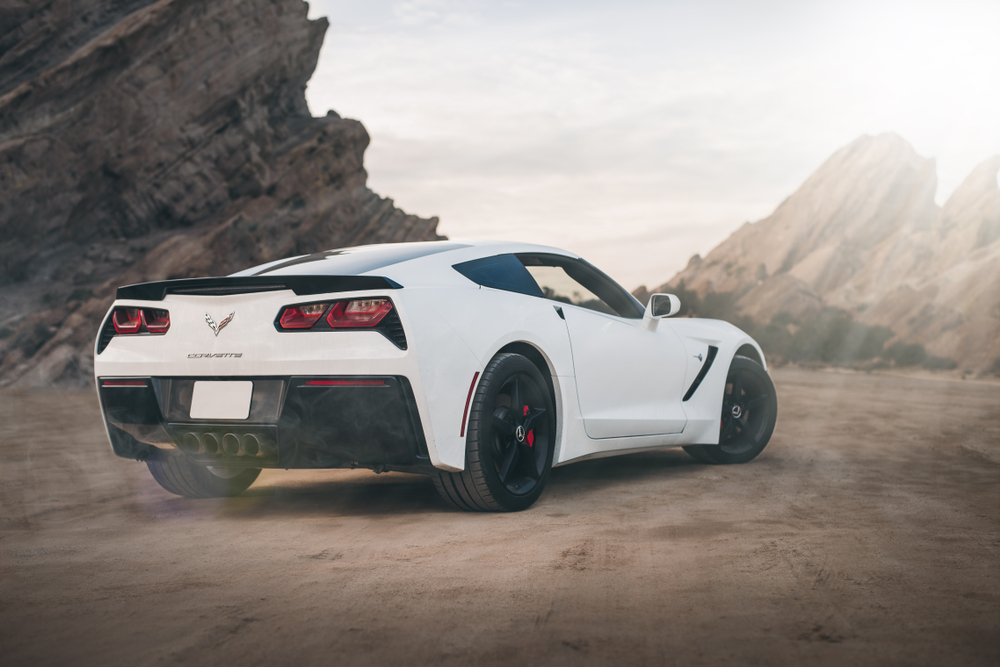
The Chevrolet Corvette has captivated car enthusiasts for decades with its blend of cutting-edge technology, sleek design, and high-performance capabilities. Since its debut in 1953, the Corvette has evolved into an iconic sports car, renowned for pushing the boundaries of automotive innovation. Read More.
10 Worst Military Vehicles Ever Deployed

Military hardware doesn’t always hit the mark. While some vehicles become legendary for their effectiveness, others are plagued by problems that render them almost useless. Read More.
23 Most Reliable Trucks for Lifelong Performance
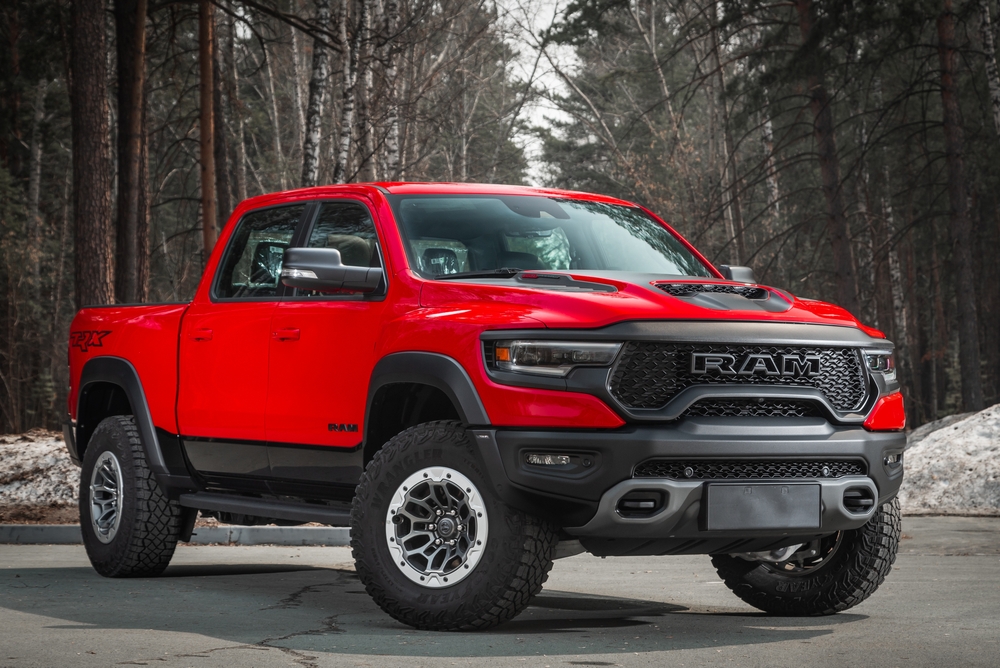
Selecting a truck that combines durability with reliability ensures that it can handle both the rigors of daily tasks and the challenges of heavy-duty work. From rugged off-road adventurers to dependable workhorses, certain trucks have established themselves as lasting partners, built to endure through years of service. Read More.

